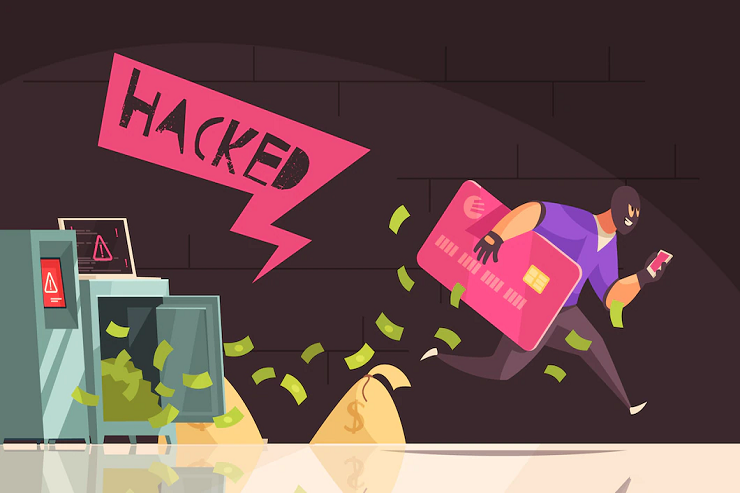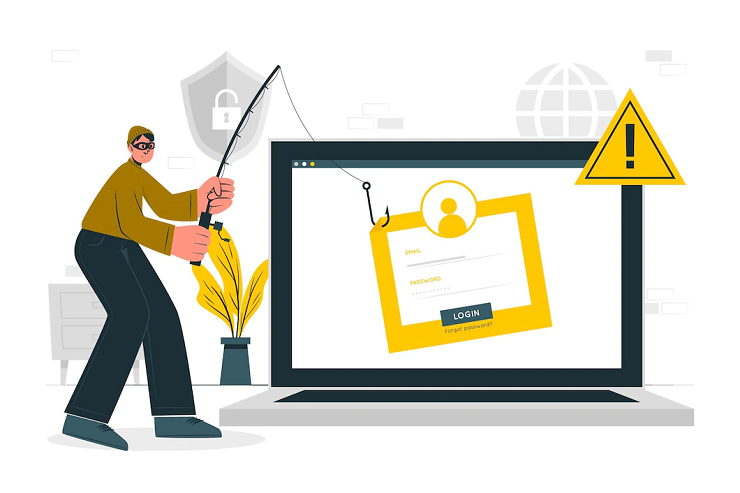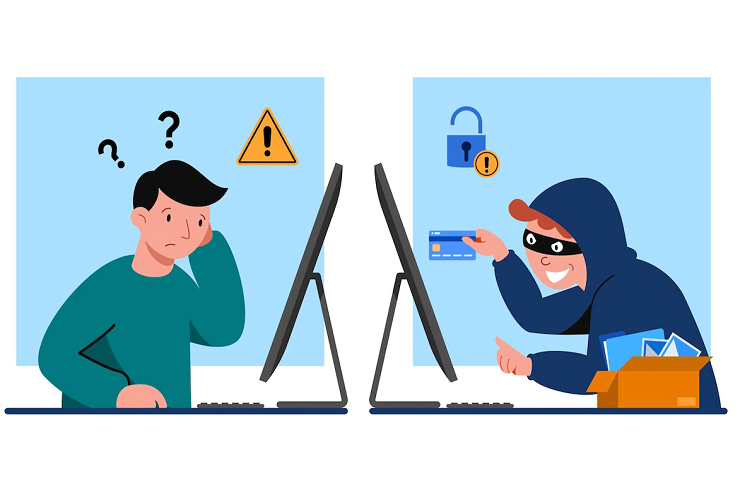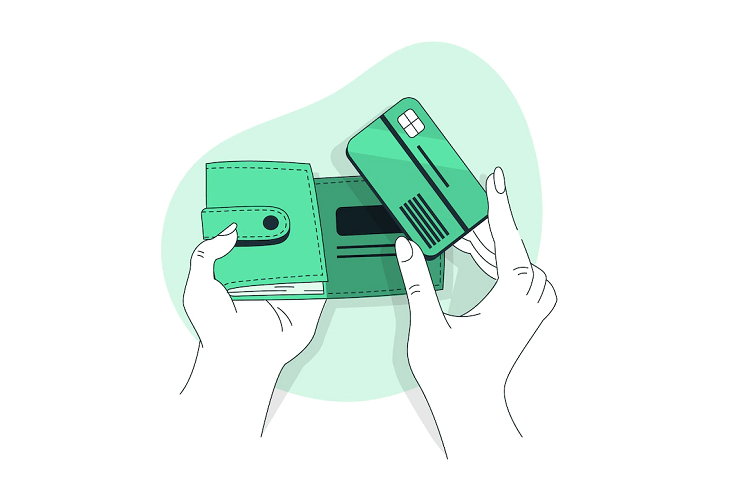
While the world of e-commerce offers many advantages, one of the most significant downsides of doing business online is dealing with credit card theft. It is a drain on every merchant’s earnings, and preventing it is an ongoing effort.
Cardholders are often adequately protected from the expenses of fraud, particularly in the United States. They must notify their bank that a purchase was not permitted, and the charge will be reversed at no cost unless there is clear evidence that they are lying.
Unfortunately, the cost of credit card theft must be borne by someone, and in most situations, the merchant pays the brunt of the burden. All merchants must have strong fraud detection methods in place to decrease the amount of income lost due to fraud.
This normally entails using various technologies, ranging from basic checks on cardholder information to complicated risk score algorithms. Let’s look at some of the finest techniques and tools for spotting online credit card fraud.
1. Create Safeguards Against Fraudulent Refunds
Handling valid returns is a vital aspect of customer service. Criminals are aware of this as well and perceive it as a weak link that they may attack. Return fraud is a clear and present hazard to businesses, whether it be the return of stolen products, staff return fraud, or the use of counterfeit receipts.
According to the National Retail Federation, 8% of all goods returns in the United States in 2018 were fraudulent. You can easily meet your loyal clients’ genuine return requests while remaining watchful against fraud.
Return policies should be clear and intended to protect all parties. Reduced return fraud risk begins with awareness—anyone who may be engaged in return processing should be educated to recognize typical return fraud red flags.

2. Understand Your Outliers
Payment processors constantly monitor your transactions for fraudulent activities, using data to identify questionable transactions. Transactions that deviate from the norm are frequently recognized as potentially fraudulent.
Unfortunately, valid transactions can be flagged by these checks. This is known as a false positive, which is something that every company wishes to avoid. If you need to do a transaction that is out of character for your company, contact your processor first.
For example, if your restaurant regularly handles $30 swiped or dipped transactions, contact your processor before manually processing a $5,000 catered wedding sale. If you’re intending to conduct an abnormally big transaction, phone beforehand to let the processor know.
3. Regularly Review Statements
Because fraudsters do not require a physical corporate credit card to conduct fraud, illegal activity may be taking place without your notice. Fraudulent purchases on a company credit card statement might be the first sign that you’ve been targeted by scammers.
Make a habit of reviewing statements regularly to catch any unusual charges. To make the work simple, consider completing weekly evaluations with online banking tools. As quickly as feasible, report any problems to the credit card company.
You Can Also Read “How To Recognize And Protect Against Phishing Scams“.

4. Accept No Cards That Are Physically Damaged
Customers that tell you right away that their card won’t read should be avoided. A popular fraud strategy involves the presentation of disfigured cards that cannot be read by magnetic strips or chip readers.
Counterfeit cards are frequently purposely altered—the fraudster wants you to avoid its anti-fraud measures. Cards that have been damaged constitute a red flag. Rather than manually entering data from a damaged card, you can request another method of payment or cancel the transaction.
5. Customers Should Not Be Used To Intimidate You
Don’t be frightened by tyrant customers. Bullies are more than simply an annoyance to your hardworking employees. Criminals may frequently intimidate a cashier at the point of sale in the hopes of obtaining an incorrect checkout.
The classic adage “the customer is always right” has its limitations. Encourage your workers to always use the proper method when approving credit and debit purchases. Bullying isn’t always a red sign for fraud, but it is an obvious one.

6. Only Accept Cards From Authorized Users
Credit and debit cards have no “borrowing rights.” The individual whose name appears on the front of a credit or debit card is the sole authorized user. Accepting money without confirming ID may subject you to chargebacks in the event of fraud. Simple due diligence may save you time, money, and aggravation in the long run.
7. Code 10 Is A Merchant’s Lifeblood
When you have questions about a credit or debit transaction, as a merchant, you can phone in Code 10 to your payment partner or merchant services provider. Code 10 enables you to seek authorization discreetly. If your provider detects any irregularities, they will refuse the permission.
Code 10 should be used whenever there is a suspicion of fraud. Cards with missing or changed security features, cards that omit or misplace critical aspects like Bank Identification Numbers (BIN), or several of the warning signals stated earlier are all red flags that demand a Code 10 call. Everyone requires assistance from time to time. Code 10 can be utilized whenever you suspect a transaction is not real and do not want to face a customer.

In A Nutshell
In our haste to deliver excellent customer service, we may unknowingly expose ourselves to fraud. Consumers, like retailers, desire safe and secure transactions. Providing excellent customer service and adhering to optimal security procedures go hand in hand. Following these tips to prevent credit card fraud and other best practices will help protect your company and consumers against in-store fraud. Learning to recognize credit card fraud red flags is a little investment that may yield large dividends in decreased chargebacks from fraudulent returns.
